Many ancient historians, the Bible, Koran (Quran), Greek myths, and even Chinese legends have claimed for thousands of years that all life came from the earth forming from the dust, mud, or clay. In the Abrahamic religions, Adam is said to have been made from clay that God molds into the shape of a man and then breathes life into him through his nostrils.
In the Scripture, we learn, “Then the LORD God formed man from the dust of the ground and breathed the breath of life into his nostrils, and the man became a living being.” (Genesis 2:7) Genesis 13:16 describes how the LORD made Abrahams descendants of the dust – “I will make your descendants as the dust of the earth, so that if anyone can number the dust of the earth, then your descendants can also be numbered. “Arise, walk about the land through its length and breadth; for I will give it to you.”
The Koran describes how Allah molded Adam from clay: “We created man from sounding clay, from mud molded into shape…” (15:26). And, “He began the creation of man from clay, and made his progeny from a quintessence of fluid” (32:7-8). This was not just any clay but an extract of clay that was sticky in nature as it is said, “We created man from an extract of clay,” (Quran 23:12) and “Then inquire of them: Is it they who are stronger in structure or other things We have created? We created them from sticky clay.” (Quran 37:11)
In researching this concept, the first story in history we find is that of Môt (Mut, Maut, Mu, Ma, Maat, Mud) who was an Ancient Phoenician/Hebrew creator god of the material world, earth, life, and death. From, Môt, all seeds creation were made including, microorganisms, animals, and intelligent life were made, and into Môt, they will all reach death in the circle of life.
The earliest writer to describe Môt was the Phoenician historian and a priest of Byblos (City of the Book/Bible), Sanchuniathon (Phoenician: 𐤎𐤊𐤍𐤉𐤕𐤍), whose works were later translated by Philo of Byblos into Greek. Sanchuniathon refers to a great wind which merged with its parents, and that connection was called ‘Desire’ (πόθος). From its connection, Môt or Mud was produced from the fermentation (putrefaction) of a watery mixture, and out of this came every germ of creation and the generation of the universe including animals and humans.
Sanchuniathon had said, “So there were certain animals which had no sensation, and out of them grew intelligent animals, and were called “Zophasemin”, that is “observers of heaven”; and they were formed like the shape of an egg. So also Môt burst forth into the light, and sun, and moon, and stars, and the great constellations.”
The Phoenicians had depicted the Egg of Môt as an egg encircled by a serpent, which was originally attributed to the mythical founder of the Orphic mysteries, Orpheus. It was a religion centered on the teachings of the origins of life, procreation, immortality, mortality, creativity, and wisdom.
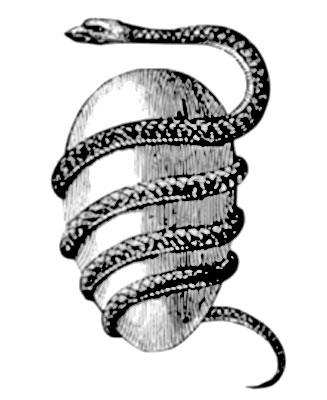 The first emanation from this egg, described in an ancient hymn, was Phanes-Dionysus, the personification of light. In Greek myth, particularly Orphic thought, Phanes is the golden-winged hermaphroditic primordial being who was hatched from the silver shining cosmic Orphic Egg. Called Protogonos (First-Born) and Eros (Love) — being the seed of gods and men — Phanes means manifestor or revealer, and is related to the Greek words “light” and “to shine forth.”
The first emanation from this egg, described in an ancient hymn, was Phanes-Dionysus, the personification of light. In Greek myth, particularly Orphic thought, Phanes is the golden-winged hermaphroditic primordial being who was hatched from the silver shining cosmic Orphic Egg. Called Protogonos (First-Born) and Eros (Love) — being the seed of gods and men — Phanes means manifestor or revealer, and is related to the Greek words “light” and “to shine forth.”
An ancient Orphic hymn addresses the serpent thus: “Ineffable, hidden, brilliant scion, whose motion is whirring, you scattered the dark mist that lay before your eyes and, flapping your wings, you whirled about, and through this world, you brought pure light.” The Derveni Papyrus refers to Phanes as, “Of the First-born king, the reverend one; and upon him all the immortals grew, blessed gods and goddesses and rivers and lovely springs and everything else that had then been born; and he himself became the sole one”.
Manly P. Hall had said about the serpent and egg, “The ancient symbol of the Orphic Mysteries was the serpent-entwined egg, which signified Cosmos as encircled by the fiery Creative Spirit. The egg also represents the soul of the philosopher; the serpent, the Mysteries. At the time of initiation, the shell is broke and man emerges from the embryonic state of physical existence wherein he had remained through the fetal period of philosophic regeneration.” Albert Pike had said – “Among the Egyptians, the serpent was a symbol of Divine Wisdom; and, with its tail in its mouth (Ouroboros), of Eternity. In the ritual of Zoroaster, it was a symbol of the Universe.”
Today in Memphis Misraim Freemasonry, it is referred to as the Cosmic Egg or Egg of the World and our main symbol.
From the teachings of Sanchuniathon and the translation by Philo, we get the Hebrew Scripture (Old Testament) in which Môt was translated and corrupted into the myths of Behemôt/Behemôth. He is King of all animals, including man of the land, and is listed as the primeval chaos-monster created by God at the beginning of creation in the Book of Job and is a form of the primeval chaos-monster created by God at the beginning of creation.
The Strong’s Exhaustive Concordance lists Mot as meaning, “be carried, cast, be cast out of, befallen in decay, exceedingly, falling down.” The modern word for death in Spanish is Muerte, in Latin, it is mortem, or morte in Italian and in Portuguese and Romanian, it is moarte. The Arabic it is spelled maut, in Sanskrit Mahat (Sanskrit: महत्), and in Persian, it’s faut. From mot where we get the words like moth, motion, motive, motley, and of course, mold, molded, and mucus which all spring from Môt AKA putrefaction and mold.
As I have explained many times before, this history and the stories we read today have been changed and intentionally obscured over the last 2,500 years. These false stories created the great myths of our Age and countless mysteries doctored by various priesthoods that have been retold by countless authors cloaking the truth of our origins in an endless trail of darkness, lies, and absurdities. This age-old fact leaves most seasoned authors, veteran researchers, and even the modern priest class lost in a sea of chaos, further perpetuating false narratives of our so-called history.
According to Eusebius of Caesarea, Philo had divided the works of Sanchuniathon into nine books. In the introduction to the first book, he claims that Sanchuniathon had known the earliest history of all nations from the creation of the world and was closest to the truth.
Eusebius tells us that after opening his translation acknowledging the truth found in Sanchuniathon’s writings, he admonishes more recent authors as having invented allegories and myths by untruly reducing the legends into “invented allegories and myths, and formed a fictitious affinity to the cosmical phenomena, established mysteries, and overlaid them with a cloud of absurdity, so that one cannot easily discern what really occurred and “priests who followed in later times wished to hide this away again, and to restore the mythical character; from which time mysticism began to rise up, not having previously reached the Greeks.”
Philo then had said:
‘These things I have discovered in my anxious desire to know the history of the Phoenicians, and after a thorough investigation of much matter, not that which is found among the Greeks, for that is contradictory, and compiled by some in a contentious spirit rather than with a view to truth.’
Once Philo established in his preface that the true cosmological history of the world from the Phoenician was changed, corrupted, and overlain with a mythical cloud of absurdity, he starts the first chapter with the creation of the universe where he mentions Môt had generated the “first seeds of the universe” from which every germ and intelligent creature grew from Môt. Philo had written;
“The first principle of the universe he supposes to have been air dark with cloud and wind, or rather a blast of cloudy air, and a turbid chaos dark as Erebus; and these were boundless and for long ages had no limit. But when the wind, says he, became enamored of its own parents, and a mixture took place, that connexion was called Desire. This was the beginning of the creation of all things: but the wind itself had no knowledge of its own creation.
From its connexion, Mot was produced, which some say is mud, and others a putrescence of watery compound; and out of this came every germ of creation, and the generation of the universe. So there were certain animals which had no sensation, and out of them grew intelligent animals, and were called “Zophasemin,” that is “observers of heaven”; and they were formed like the shape of an egg. Also, Mot burst forth into the light, and sun, and moon, and stars, and the great constellations.”
In the Book of Job, we are told that Behemot is the beginning of the ways of God, and the strength is found in his loins and his force in the muscles of his belly;
“Behold now Behemoth, which I made like I made you; he eats grass like an ox. Behold now, his strength is in his loins, and his force is in the muscles of his belly. He stiffens his tail like a cedar; the sinews of his thighs are knit together. His bones are like tubes of bronze; his limbs are like bars of iron. He is the beginning of the ways of God; let him who made him bring near his sword to him. Surely the mountains bring him forth food, where all the beasts of the field play. He lies under the thorny bushes, in the cover of the reed, and fens. The thorny bushes cover him with their shadow; the willows of the brook surround him. Behold, he drinks up a river, and hastens not; he trusts that he can draw the Jordan up into his mouth. Shall any one take him with his eyes open? Or pierce through his nose with a snare?” (Job 40:15-24)
In Ancient Egypt, the god, Khnum (Chnubis, Knubis, Chnum, Knum, or Khnemu) was a creator god credited with giving birth to all life and the Gods of Egypt. He was Chief of the Potter’s wheel, father of fathers who makes women pregnant, was Lord of the air and the field.
In Egyptian mythology, he creates humans from clay, which he made at a potter’s wheel before placing them into their mother’s womb was one of the earliest Egyptian deities, originally the god of the source of the Nile. He was later described as having molded the other deities as the “Divine Potter” and “Lord of created things from himself” and the “father of the fathers” and Neith as the “mother of the mothers” who later become the parents of Ra, who is also referred to as Khnum-Re.
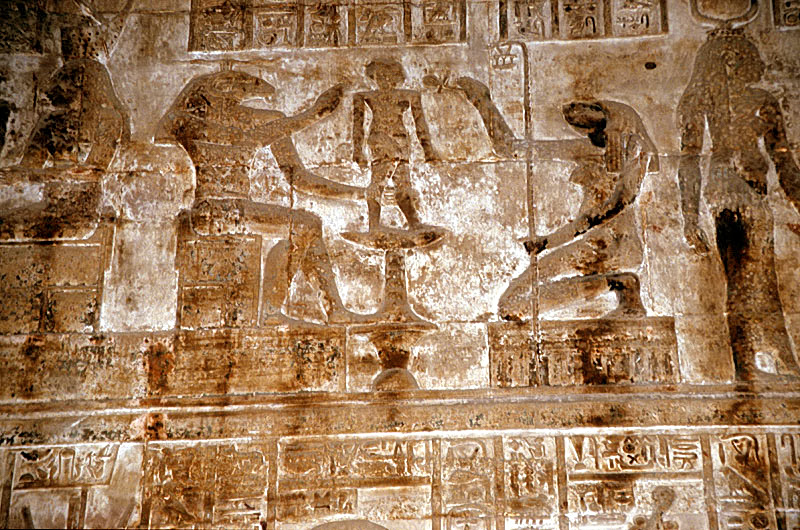 He was depicted as a ram-headed man.
He was depicted as a ram-headed man.
Khnum was credited with molding the great cosmic egg and he is also associated with the goddess Maat (truth) and Thoth, the divine scribe.
The female Goddess of Justice and the Lower World, the Land of Ghosts was called Maat (Mot, Mout or Mut). She was often depicted with the vulture headdress and sometimes a Lion’s head. In legends, she is “The opener of the nostrils of the living.”
In Greek mythology, Prometheus created and molded men out of water and earth. Greek myths tell us the creation story of how Prometheus and Epimetheus were spared imprisonment in Tartarus and were given the task of creating man. Other myths related how Zeus directed Prometheus and Athena to make images of clay, on which he caused the winds to blow breathing life into the figures.
After the first humans were created, legend tells us that Prometheus had caused them to walk upright and have features similar to the Gods but realized they lacked the wisdom so he defied the will of Zeus by traveling to Mount Olympus and stole fire from the gods, which became the beginning of civilization. Prometheus had taught man how to craft tools from iron ore, to plant crops and live through agriculture, and to craft weapons to defend themselves from wild animals. With fire, the newly created man began to thrive becoming superior to the animals of the wild.
“From her is the race of women and female kind:
of her is the deadly race and tribe of women who
live amongst mortal men to their great trouble,
no helpmates in hateful poverty, but only in wealth.”
The Greeks trace the word Môt to the creation of the material (mot-erial) world and mythicized in the legends of Mósos or Mothos and Tartarus. Homer had written in the Illiad, “You all to earth and water must return.” Writing at a later date, Apollonius says in his Argonautics ,“The earth’s produced from mud.” Virgil had proclaimed, “Then earth began to harden, and include The seas within its bounds, and things to take Their proper forms.” (Eclogue vi)
According to Chinese mythology, Nüwa molded figures from the yellow earth, giving them life and the ability to bear children. In Zoroastrian mythology, the primordial human, Gayomart are created from mud by the supreme deity Ahura Mazda. In the Epic of Gilgamesh, Enkidu is created by the goddess Aruru out of clay to be a partner for Gilgamesh, “mighty in strength”.
The Sanscrit version tells us of the first product of the mixture of spirit and matter, and the First Great principle is Mahat which is an incorporeal substance that contains all potential matter of the gross universe in its cosmic extent as the first manifest principle. In Arabic, Môt is written as madat, maddat, or madah, which means ‘matter’.
All cultures and histories list the woman or mother as the source of fertility and all life symbolizing the earth. This knowledge gives rise to the myths and stories of the deification of the earth with the various Gods and Goddesses who are also deities connected to the underworld such as the Earth Mother, Mother Nature, or Mother Earth who is the divine source of terrestrial life.
From the word Môt, we get the English words mother (moth-er), mom, and ma.

Moe is the founder of GnosticWarrior.com. He is a father, husband, author, martial arts black belt, and an expert in Gnosticism, the occult, and esotericism.

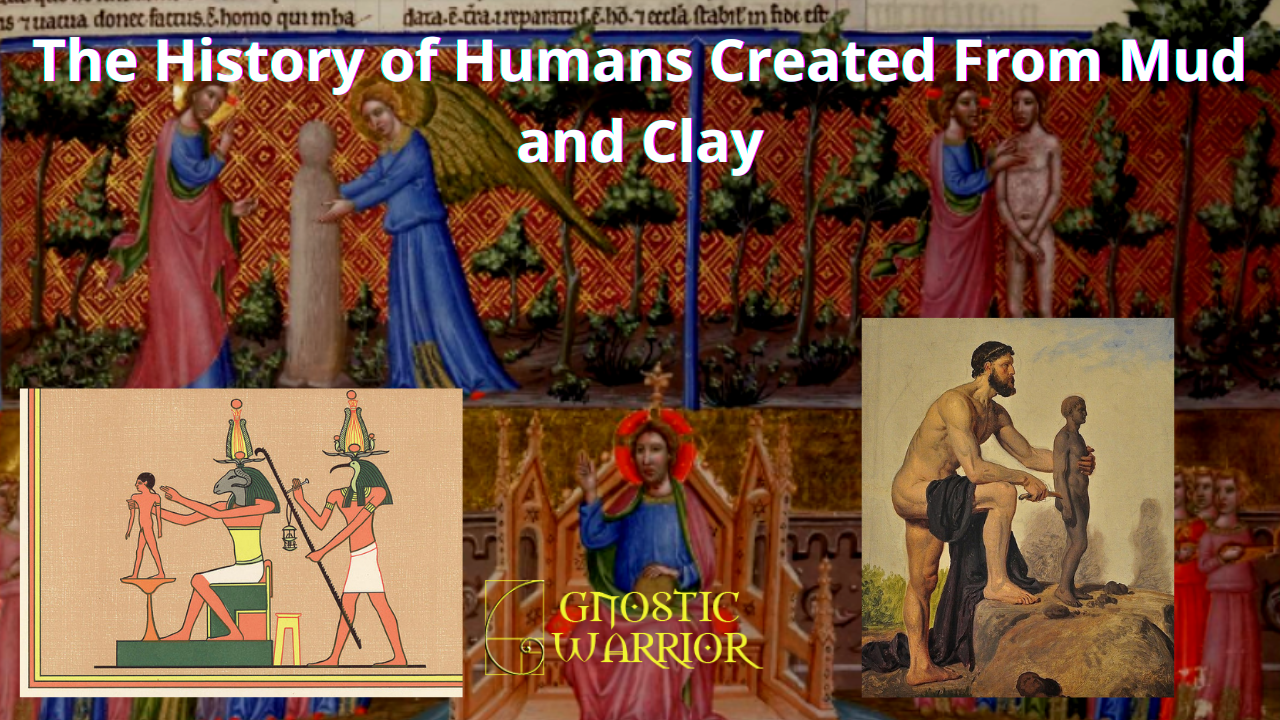
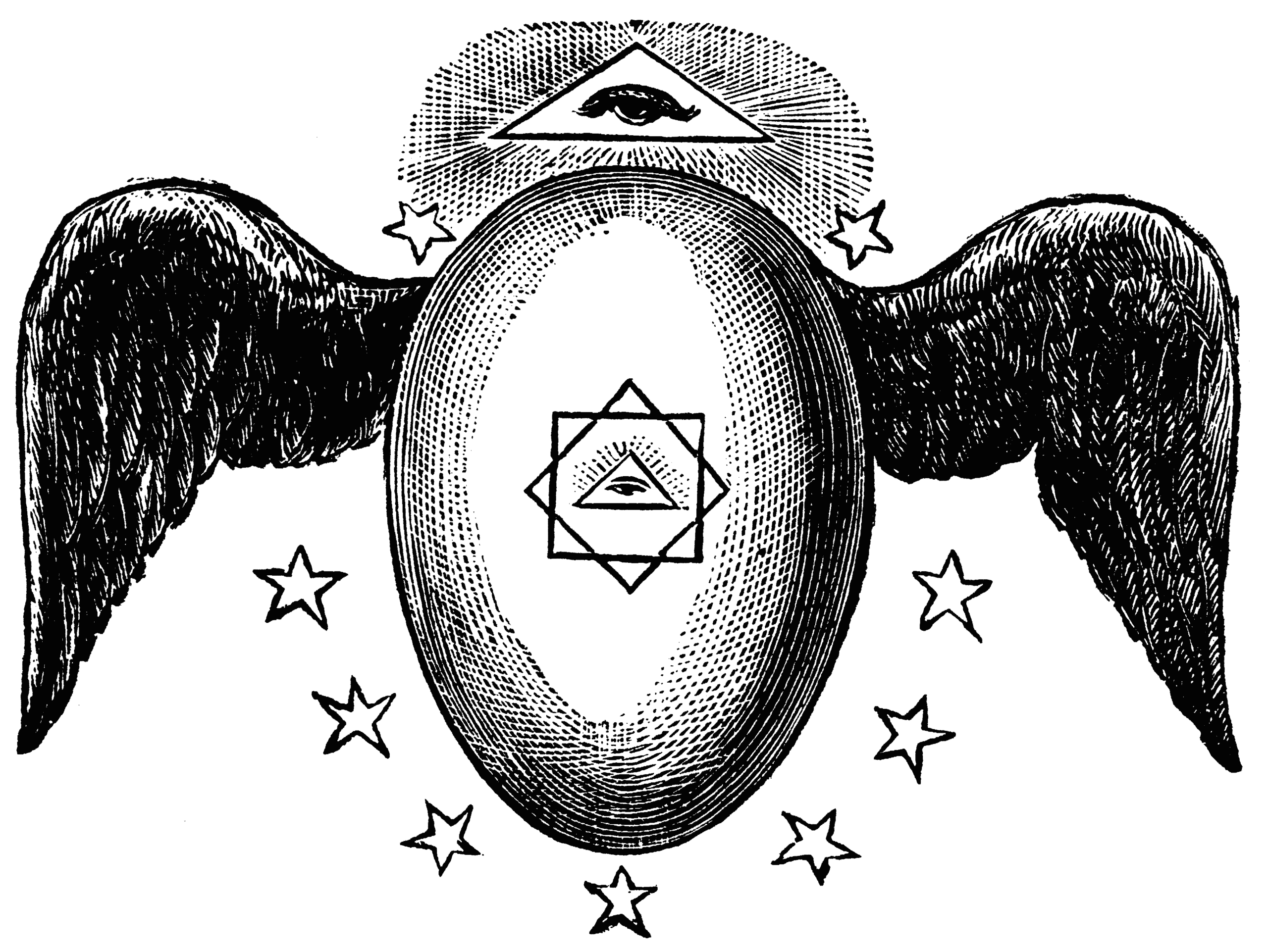
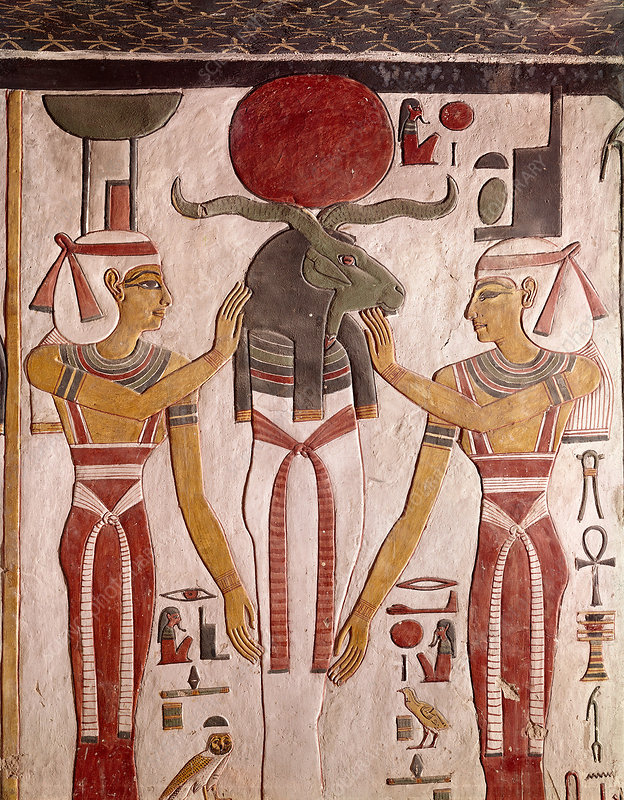
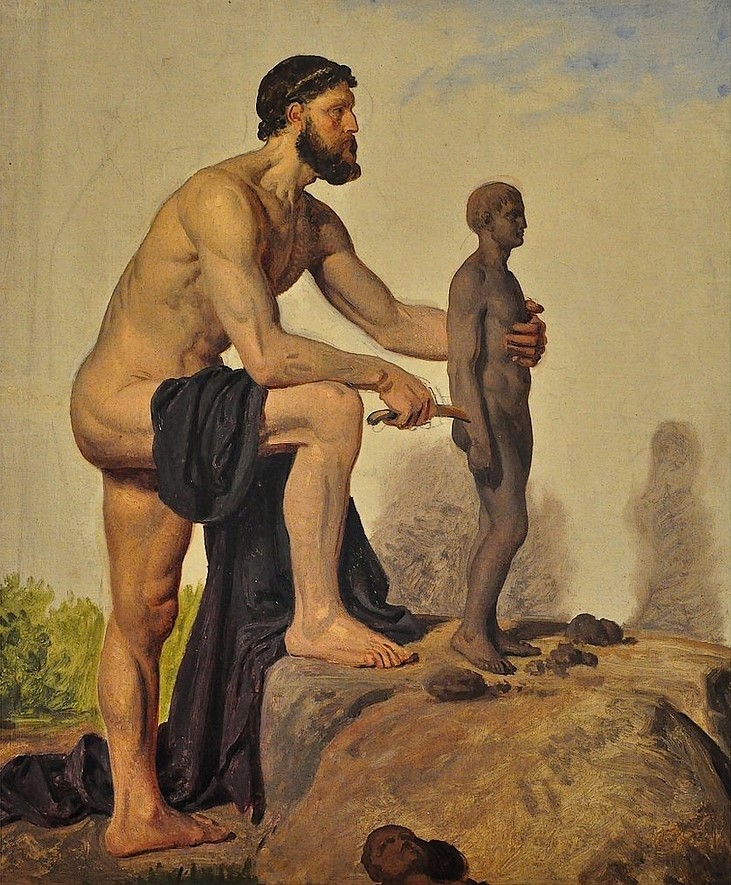
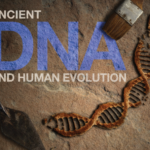
![How during the reign of Honorius, Gratian and Constantine were created tyrants in Britain; and soon after the former was slain in Britain, and the latter in Gaul [407 A.D.] | Book 1 | Chapter 10 How during the reign of Honorius, Gratian and Constantine were created tyrants in Britain; and soon after the former was slain in Britain, and the latter in Gaul [407 A.D.] | Book 1 | Chapter 10](https://www.gnosticwarrior.com/wp-content/plugins/contextual-related-posts/default.png)
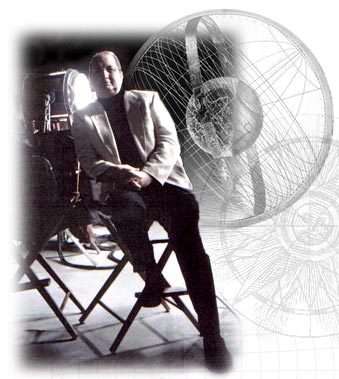
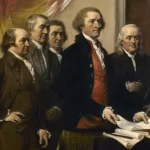
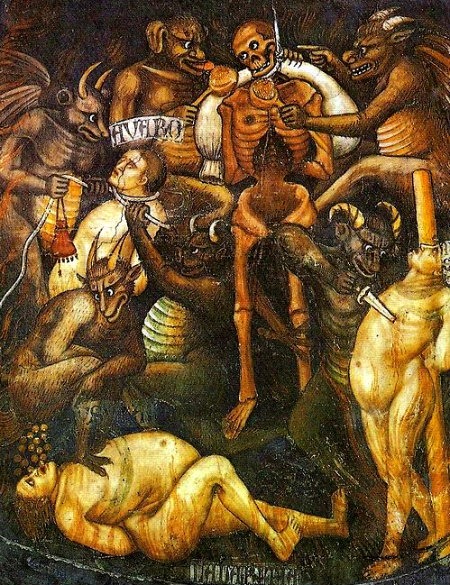
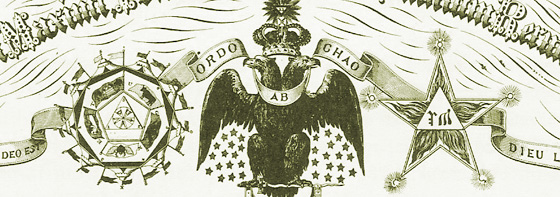
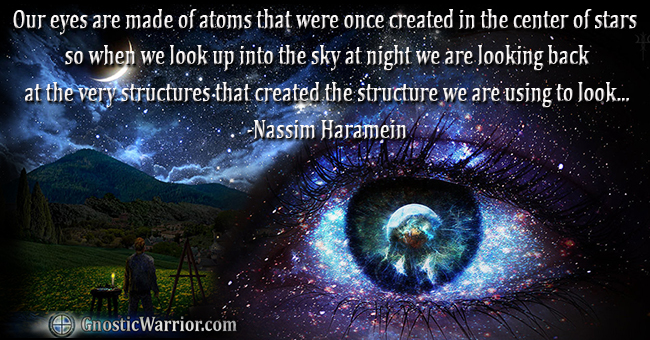
your site has a link that says “ask moe for help”
well moe, i need help. you know as well as i do that azazel is free. Uriel was here, they kidnapped her (she’s a fucking baby… or was? I don’t know what to think…) The 12 Lost Tribes of Saturn are taking over the world right now. Nimrod is in the oval office. email me [email protected]